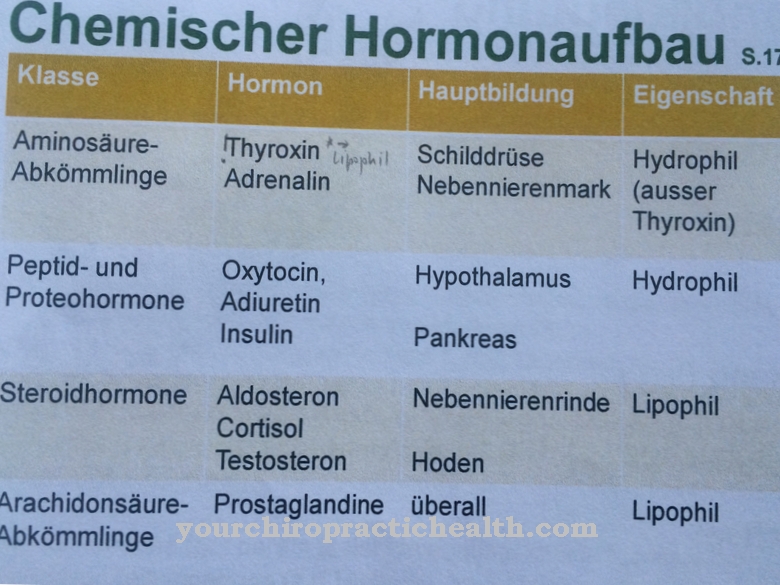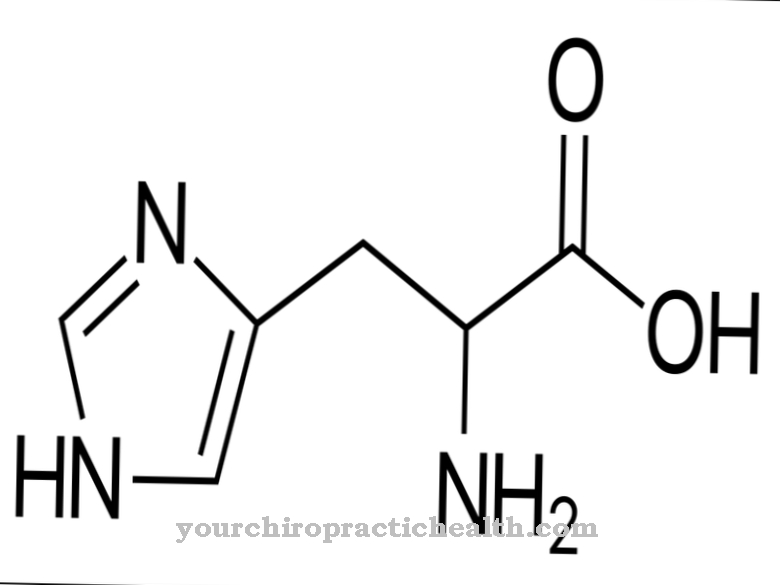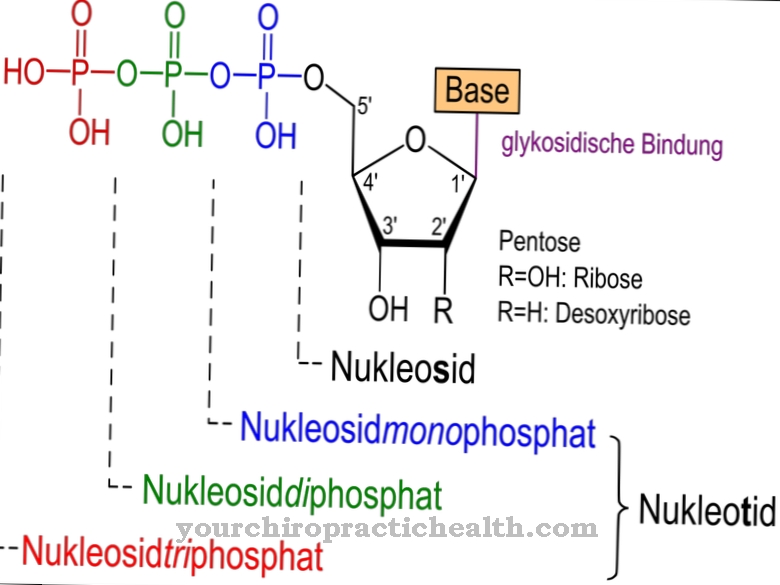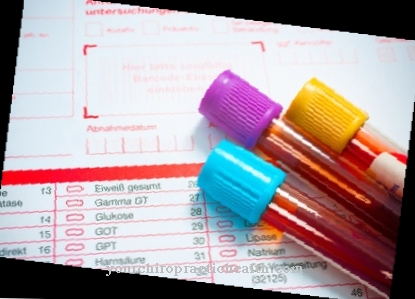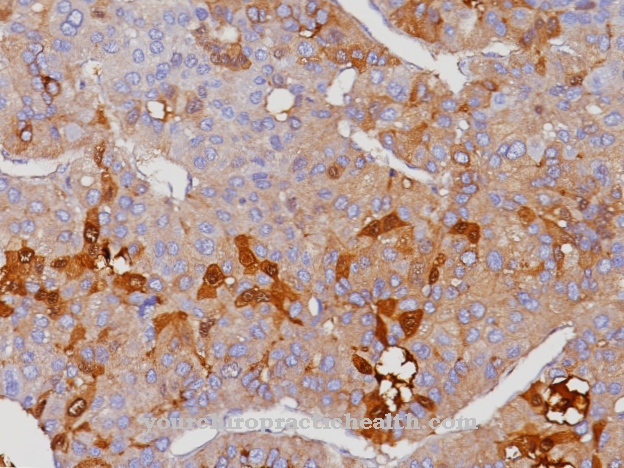iron is a mineral that fulfills a variety of functions in the human organism. Like other inorganic minerals, iron is essential for organic life.
How iron works

Because the body itself is no iron it must be supplied from the outside with the food.
Iron is one of the trace elements because it is only present in small amounts in the body and the daily intake required is far below the amount that the body needs in calcium, potassium or magnesium. People differ individually in the digestive and absorption capacity of the intestine for minerals.
In some foods, minerals, especially iron, are integrated in such a way that they cannot or can hardly be dissolved out and absorbed. In general, it should be noted that, in addition to urine and stool, many minerals and thus also iron are excreted and lost primarily through sweat.
meaning
Of the Iron value is usually only checked on the occasion of a blood test by the doctor if there is a justified reason. The serum values for adults are 25-135 ug / dl in women assumed to be 40 years of age and 35-170 ug / dl in men of the same age.
If the blood test reveals an increased iron level, this can be an indication of a hemoglobin overload. One speaks of hemochromatosis or iron storage disease. If the values for iron are massively above the norm, this can lead to an enlargement of the liver and dysfunction of the heart muscle and the glands. In many cases, a gray discoloration on the inner surfaces of the hands also indicates an excess of iron. Anemia, hemochromatosis, liver cirrhosis, viral hepatitis or iron poisoning are possible diagnoses for elevated iron levels.
Too low a level of iron leads to anemia because the red blood pigment is produced less. However, even in healthy people, there is always a small temporary deficiency in iron. It is mostly due to processes of adaptation of the organism to different needs. Women in pregnancy and competitive athletes are particularly at risk here. Iron deficiency can be present for a long time without any symptoms being noticeable or perhaps not being aware of it.
Permanently low iron content leads to tiredness, a feeling of weakness, pale skin color, anemia, shortness of breath and an insufficient supply of oxygen. Mood swings and a tendency to develop headaches have also been reported. A lack of iron can lead to tears in the mouth and tongue, constipation, diarrhea or susceptibility to infections as a result of anemia.
Women lose 0.4 to 1 mg iron a day during their menstrual period. However, reduced levels of iron in the blood serum are not always to be equated with a deficiency of iron. A definite diagnosis requires additional testing of some compounds of iron such as transferrin and ferritin.
Occurrence in food
iron is mainly found in meat, liver, kidneys, whole grain products, mushrooms, green vegetables. In relation to 100 g of edible uncooked portion, pork liver contains around 22 mg, wheat germ 8 mg, spinach 3 mg and an egg yolk 1.2 mg iron.
Iron is more easily absorbed from animal foods than from plant foods.
If animal and vegetable products are combined, iron is often better absorbed. This also applies if enough vitamin C is available.
Tea, on the other hand, blocks the absorption of iron in the intestines. Iron can also be supplied in capsule form or in liquid form via suitable dietary supplements.

